Capital: Luanda
Area: 1.247.000 km2
Inabitants: 32.870.000 inhabitants (2020)
Population density: 26,36 inhabitants per km2.
Languages: The official language of Angola is Portuguese. However, being a country of such vast expanse of land, we find up to 40 different languages, most of which are of Bantu origin. These include umbundo, kimbundo, kikongo, chokwe, mbunda, luvale, gangela, nhanheca and xikuanyama.
Currency: The country’s official currency is the Kwanza (AOA). In exchange, 1 euro is 450 AOA. You can look at the current exchange in the next link.
Clima: Angola is one of the largest countries on the African continent. There are several provinces with different climates. The north (from the capital Luanda to the DRC Congo) stands out for its tropical climate, with very lush vegetation and full of greenery. There, the rainy season is usually from November to March, with a very humid climate. From May to August, there is the cacimbo season, the dry season but with lower temperatures. In the center (from Namibe-Lubango to Luanda), the landscape is semi-desert and stands out for its drier climate. However, in the interior of the country where the mountains are located (where there is a plateau between 1.000 and 1.800 meters above sea level), the rains are usually more abundant and the temperatures cooler. The Benguela current causes that coastal areas such as Benguela or Namibe have a more temperate climate. Finally, the south of the country (from Namibe to Namibia) stands out for being a completely desert area with almost no rainfall. There, we find the second largest city in the country, Lubango, which is located at the top of the mountains and which stands out, therefore, for a much colder climate than what we can find on the coast. Generally, the best time to go to Angola is from May to September, when the weather is cool, and the days are sunny without a high risk of rainfall.
Road driving: Angola’s roads stand out for being roads with lots of holes. Most of them are usually paved, but you have to be careful because some of them are not very well preserved, especially those that go inland. You will find a lot of truck traffic in the nearby Luanda area as well as in the Malanje region as there are many trucks looking for wood and diamonds. There, you have to be very careful because the roads really have a lot of holes and most trailers try to dodge them coming out of their lane. On the other hand, on the coast, the roads are usually in better condition. From Luanda to Lobito, you will find roads in good condition, but from Benguela to Lucira there is a sector that is not paved and is currently under construction. The road from the Namibian border to Lubango is one of the best in the country (as is the road from Namibe to Lucira along the coast, which is newly created; or from Namibe to Tombua). On the other hand, the road from Lubango to Namibe stands out for a very good first part (just after the Sierra de Leba) but then the road gets worse with a terrain full of holes. If you want to visit the Namib Desert or the town of Oncocua where you will find different tribal groups in the country, it is essential that you use a 4×4 due to the sand and terrain topography you will find there. In this section you will find more information on driving tips if you visit Angola by car.
Internet / SIM card: Angola is not a country that stands out for its good internet signal. You will only find the Internet in big cities like Luanda, Benguela, Lubango or Namibe. The vastness of the country means that there are very remote areas where it is difficult to have a telephone signal and, therefore, also Internet. For buying a SIM card, if you want to get one you need an Angola ID card (you can ask someone to leave it for you to get the SIM). We bought a Unitel SIM in Xangongo (south of the country) for 350 Kwanzas (about 0.60 euros) and bought a 6 GB data pack for 5.000 Kwanzas (about 7 euros).
Visa: To enter Angola, you will need a visa. This Visa can be done online at the following link for a cost of 120 USD. They will give you a tourist visa for 30 days that you can renew only once for the same period of time. As the country was closed due to Covid, we did it through the consulate in Oshakati (Namibia), where it cost us 100 USD and we had to present a letter of invitation, photographs, a vaccination certificate and a photocopy of our passport. If you enter through Cabinda, you have to think about applying for a multiple entry visa because this Angolan territory is surrounded by the Congo, and therefore, you would have to leave the country and re-enter again.
Budget: In total, we spent 27 days in Angola and spent a total of 1.298,18 euros for two people. It must be said, however, that we stayed many nights for free and others we did wild camping, and as activities, we did a 2-day tour to visit Baia dos Tigres. Below you can find in detail all our expenses in Angola:
WHAT TO SEE IN ANGOLA?
1.- BAÍA DOS TIGRES AND SAO MARTINHO DOS TIGRES
Baia dos Tigres, whose name come from the yellow and black colors of the dunes reminiscent of the animal from which it is named, is a bay surrounded by desert dunes and bordered by the waves of the Atlantic Ocean. It is located in the south of Tombua, and can only be reached at low tide and during the full moon days (and by booking with a local agency) as you have to drive along the beach to get past the famous Death Acre. Right in front of the bay, we find the ghost town of São Martinho dos Tigres, a village that was created in 1860 on the peninsula and was one of the most important fishing centers in the country, but in 1962, due to the erosion of the waves, was separated from it and became an island. The village was completely abandoned, but today it still retains some iconic buildings, such as its church. Being able to see the sea and the dunes at the same time, drive through the middle of the Namib Desert, enjoy the sunsets on the horizon of the Atlantic Ocean, walk through the dunes or navigate the ocean waters are some of the activities you can do if you visit this special place.
Calandula Falls are the second largest waterfalls in Africa, after the legendary Victoria Falls. Located in the Malanje region, for us these are the best waterfalls you can see in Africa. Its surroundings are completely green and wild, with tropical trees and a large waterfall in the middle of nature with almost no tourist infrastructure, which makes them very special and very pristine waterfalls. These falls are 105 meters high and 400 meters wide, and when you see them you really feel like you are an explorer who has just discovered one of the great treasures of the country. A must see if you travel to Angola.
Soba Beach is one of our favorite beaches in Angola and we really enjoyed it! Between cliffs and desert, this clean, clear water beach stands out as a mirage in the landscape. It is a private beach, that is to say it belongs to the lodge that receives the same name; and its surroundings are spectacular. If you’re lucky, you can see whales, dolphins or turtles, and you can also dive into some of the caves that have been naturally created in this part of the Angolan coast. At the same time, you can enjoy a swim in the natural pools created at low tide in Piambo, just an hour from Praia do Soba. A good place to rest and relax by the sea!
Tombua is the fishing capital of Angola. It is also the gateway to the Namib Desert, where it stands out for its unique rock formations such as Arco and Morros Vermelhos. Arco, as the name suggests, are two arches of rock created by wind erosion over centuries of action and located in the middle of what was before a lagoon that, unfortunately, now is dry. Morros Vermelhos are rock formations up to 25 meters high and have also been sculpted by the wind for thousands of centuries. Of reddish soil, you can see rocks of different shapes in a completely desert environment.
Lubango is the second largest city in the country. It is located in the middle of mountains, at more than 1.700m high. It is a beautiful city nestled in a high green environment, where you can visit its particular Cristo Rei with views of the city, or enjoy the views of Fenda de Tundavala, a natural window of the Bié plateau created by a a gap that opens in the middle of the cliffs that are more than 2.200m high and plummets about 1.000m on the plains of the Namibe. This is one of the magical natural places in the city and is considered one of the beauties of Angola. In addition, in Lubango you can discover the Sierra de Leba, a very nice road that descends from the mountains to the plain of Namibe in a distance of about 20 kilometers with a slope of 1.600 meters.
The mountains of Pedras Negras in Pungo Andongo are very mysterious rock formations that protrude from the plain of Malanje. They say that in these rocks there is a very interesting part of legend, history and mythology. There, the Mbundu people took refuge from the invasion of the Portuguese during the colonization, with a very important historical figure such as Queen Njinga of Ndongo, considered one of the most important women in the history of the African continent. No one knows how these mountains of black rock that stand out from the landscape of the region may have originated, but the mystical, warrior and mysterious stories around them make this place a special place to visit if you are in the province of Malanje.
This town, also known as Moçamedes, is a city where you can clearly see the Portuguese influence in the country. It is a quiet town, easy to walk where people live from the sea and fishing. Around Namibe, you will find small towns such as Baía das Pipas or Mucuio, fishing villages with a special charm, where its inhabitants go out to sea every morning to go fishing and then sell the fish on the beach. A good destination to learn more about the fishing life of the Angolan coast.
Angola is a country with unthinkable anthropological richness: there are about 100 ethnic groups living in the country. Of these, different tribes coexist in southern Angola, each with its ancestral traditions and particular characteristics that make the area a culturally rich area. Oncocua is the starting point for visiting the Muhimba, Muacahona or Mutua tribes, for example. A very interesting visit to discover a more anthropological part of the country where you can meet very different modus vivendi from yours.
Cabo Ledo is one of the most beautiful destinations on the coast of Angola. It is a fishing village that has pristine and beautiful beaches, next to cliffs. Located a relatively short distance from Luanda, during the weekend it is usually full of people going to unwind and rest on the fabulous beaches in this area, thanks in part to the different tourist infrastructure we find. Praia dos Surfistas stands out, a beach where people who like surfing will enjoy its waves.
The Sumbe area is an area less known to the country’s tourism, but it has a few gems to discover that we believe can be a good stopover on the way north or south of Angola’s coast, depending on the direction you go: the Binga Falls and the Grutas da Sassa. The Binga waterfalls are a perfect place to cool off and have a picnic in a beautiful surroundings. The caves of Sassa, known by the locals as Gruta Santa or Furnas de Deus, are full of oral legends and mythical creatures that make this place a sacred place for its inhabitants. Are you ready to discover these rough diamonds that the country has to offer?
The cities of Benguela and Lobito, which are located very close to each other, form a very interesting and beautiful nucleus to enjoy their people and see how the maritime cities develop in a very populated environment but at the same time very pleasant. Benguela with the charm of its colonial past and Lobito for being one of the most important ports in the country, makes them a must stop for your trip to Angola. In addition, near Benguela, you can find beaches such as Baía Farta, Baía Azul and Caotinha, direct beaches in the Atlantic Ocean with a very good atmosphere and clear waters.
Praia do Sarico is the largest shipyard in the world. More than 30 ships can be found there, which have been destroyed over time, corroded by wind and salt water. Located in the north of Luanda, this beach has a mystical and curious atmosphere with the presence of these ghost ships. Some fishermen say that once the boats were abandoned in the port of Luanda they were brought here as a dump, others say that when the boats are old many boat owners would benefit more to leave the shipin the open sea and be carried away by sea currents. And there are those who go further, and say that these ships were stranded on this beach strategically during the civil war, 30 kilometers from the capital, by the mass transport of weapons. Despite not knowing the exact reason, these boats keep many secrets of their splendid past that are worth visiting.
At 60 kilometers south of Luanda, we find yellowish ocher rock formations that almost collide with the Atlantic Sea and are a marvel of nature. This lunar-like landscape, hence the name Miradouro de Lua, originated from wind and rain erosion for centuries. These cliffs are a tricolor karst formation that form sharp pinnacles. With walls of sand and clay cut in the shape of stalagmites, it is a landscape that looks completely like another planet. An amazing place!
14. HUAMBO
Huambo is a province located in central Angola. Its capital (also called Huambo) is also known as New Lisbon, as it closely resembles this Portuguese city. It stands out for the surrounding landscape where you can find the famous Morro do Moco which is the highest point in Angola with 2.620 meters of altitude with a very characteristic peak, and also the Kavongue Forest Reserve.

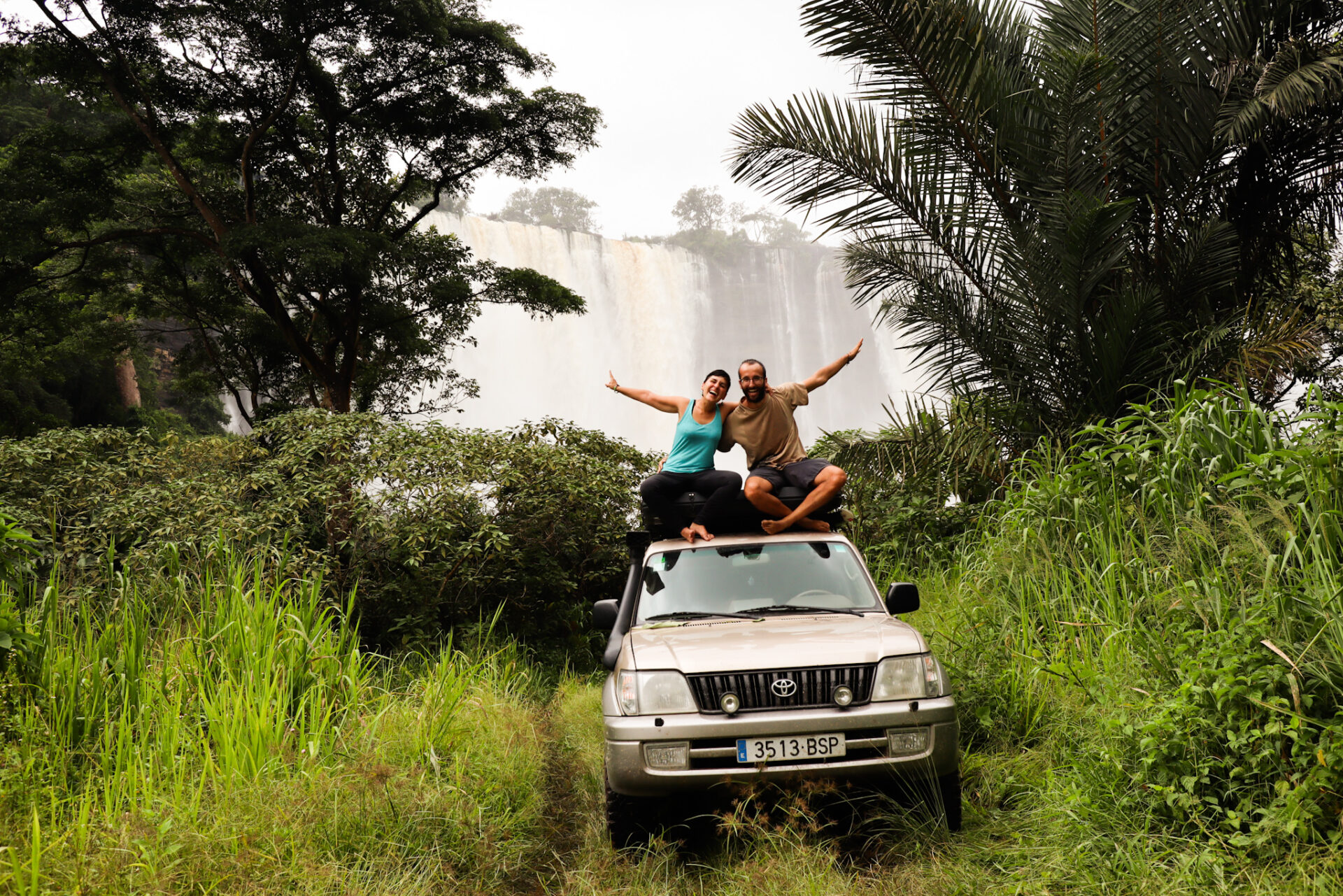

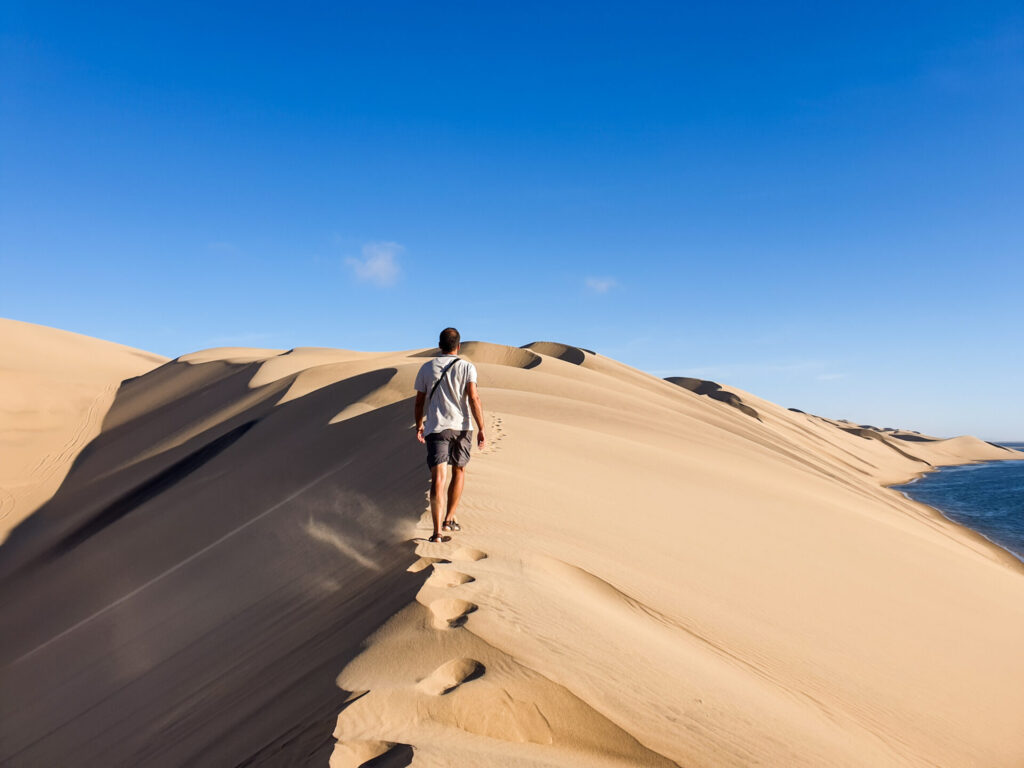

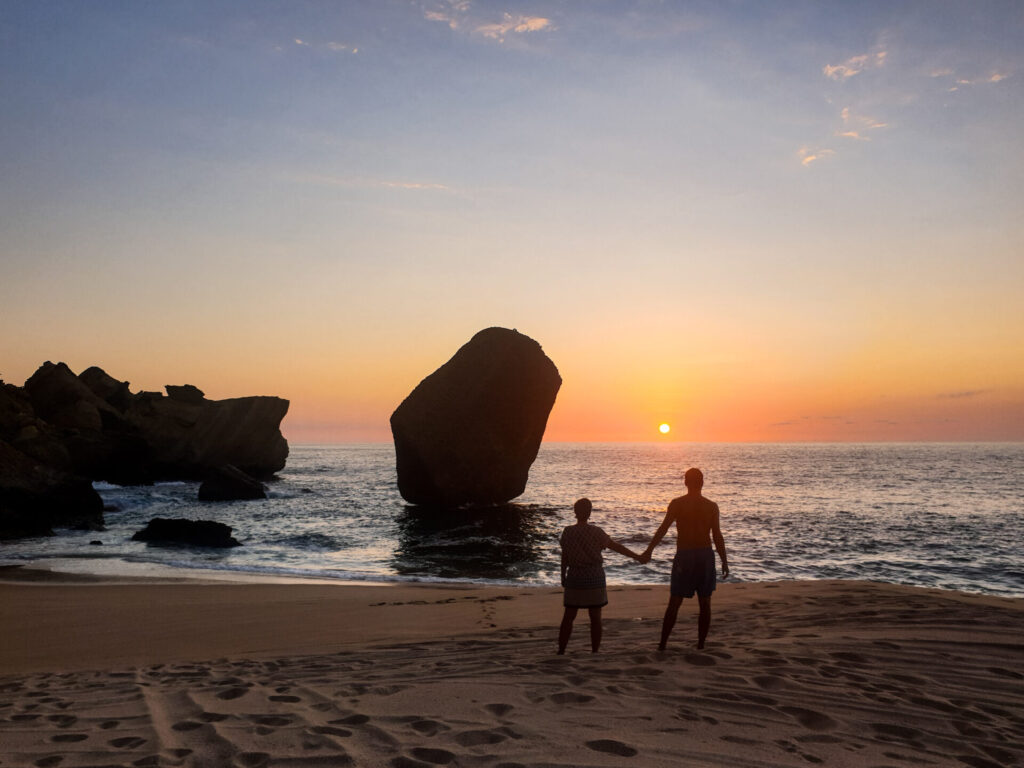
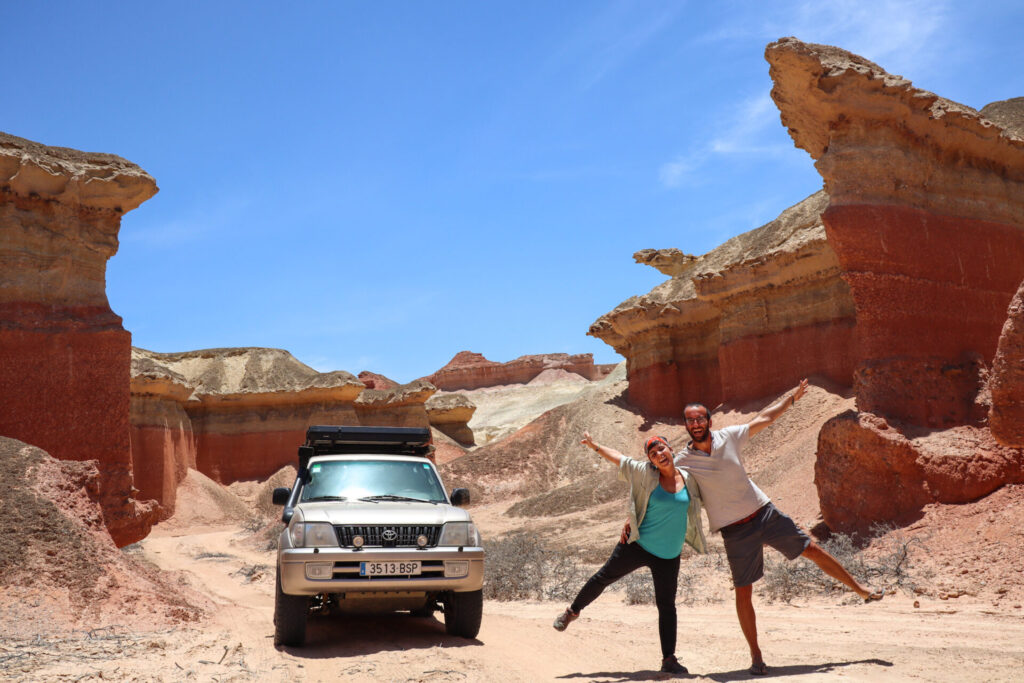
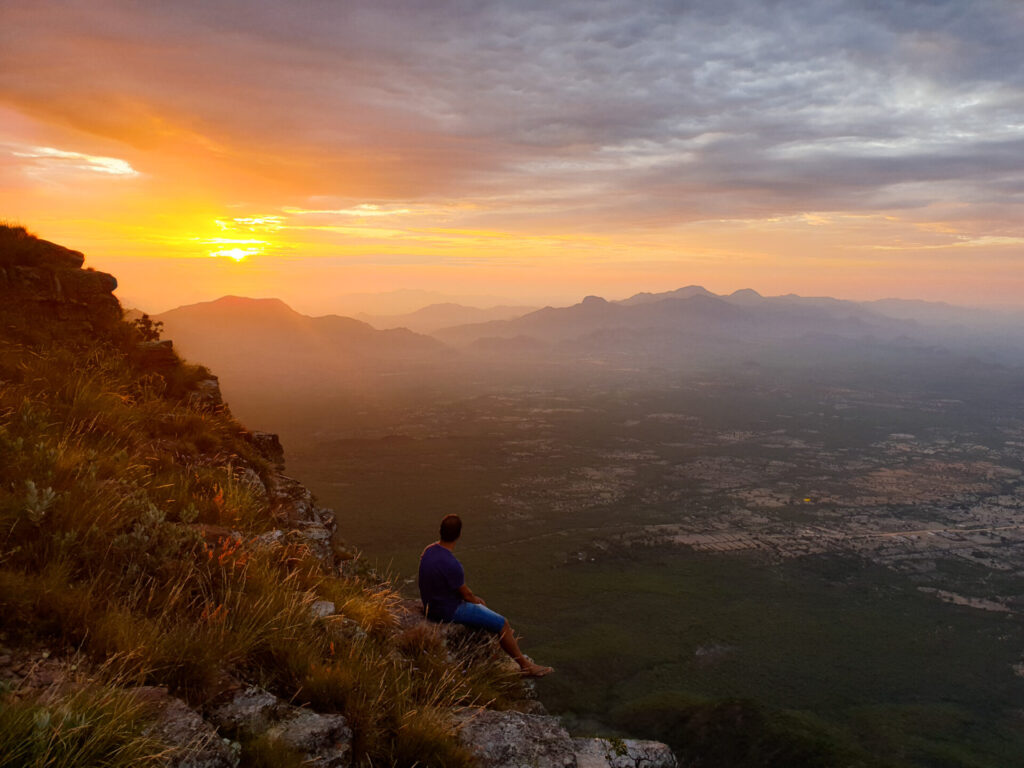
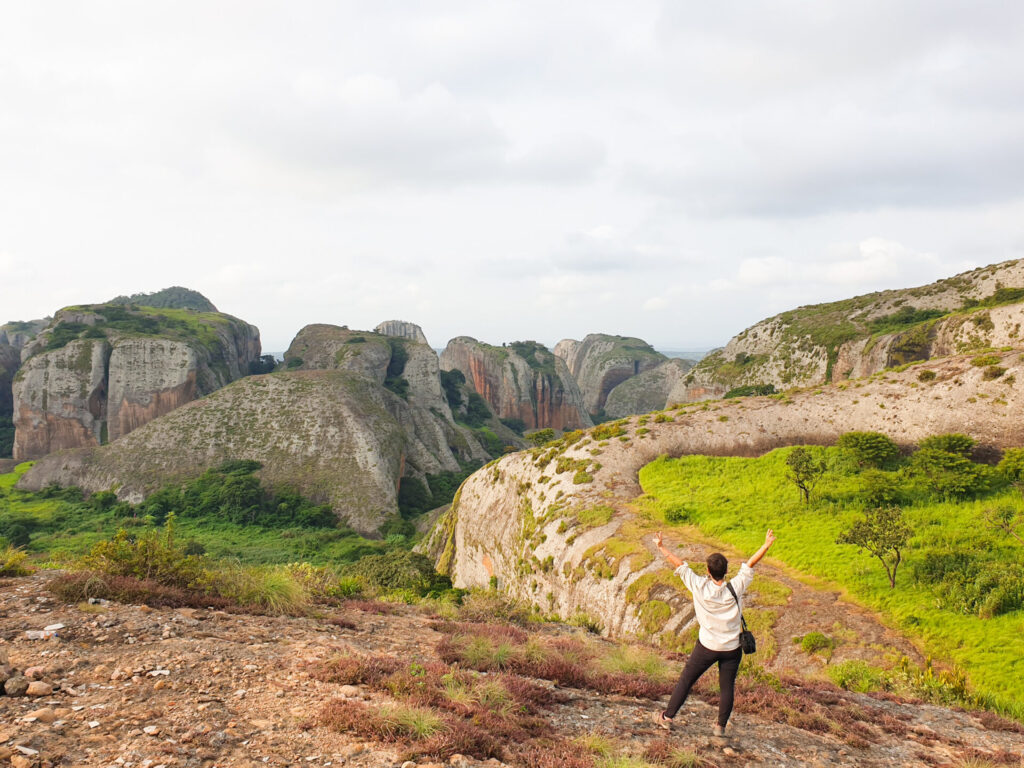
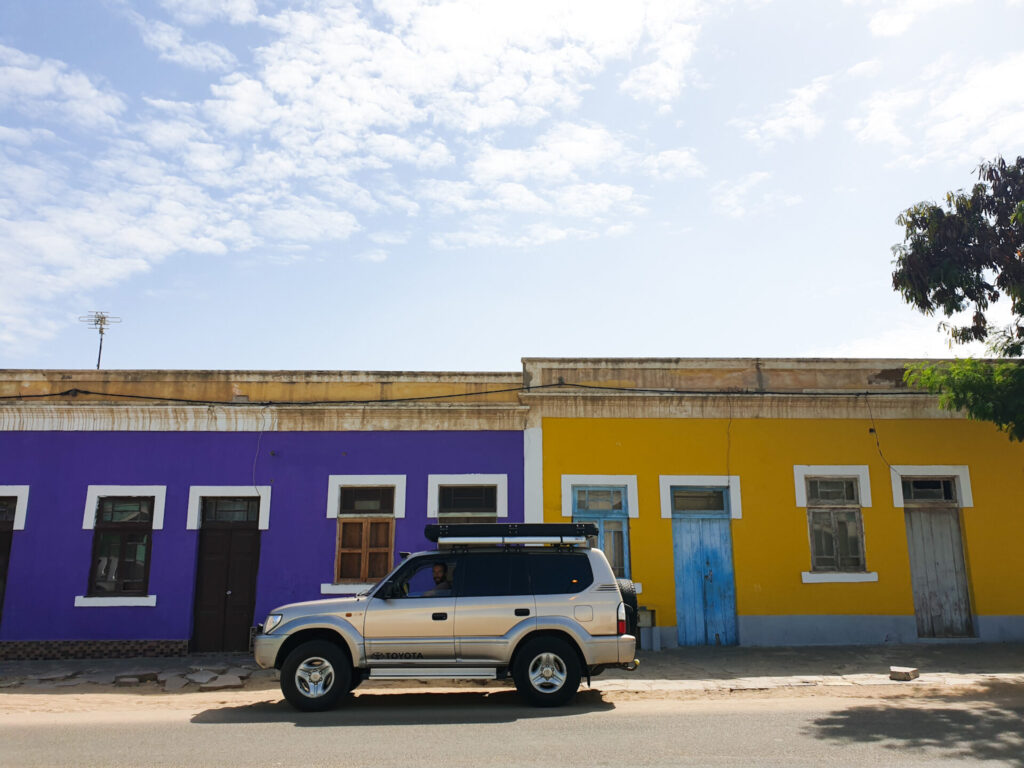
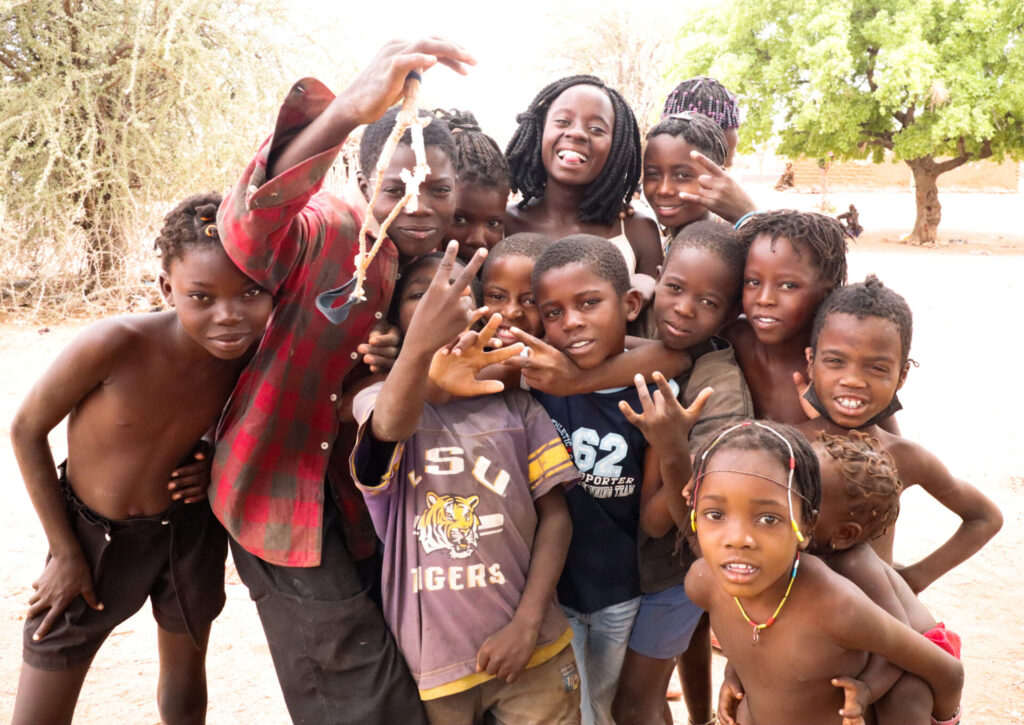
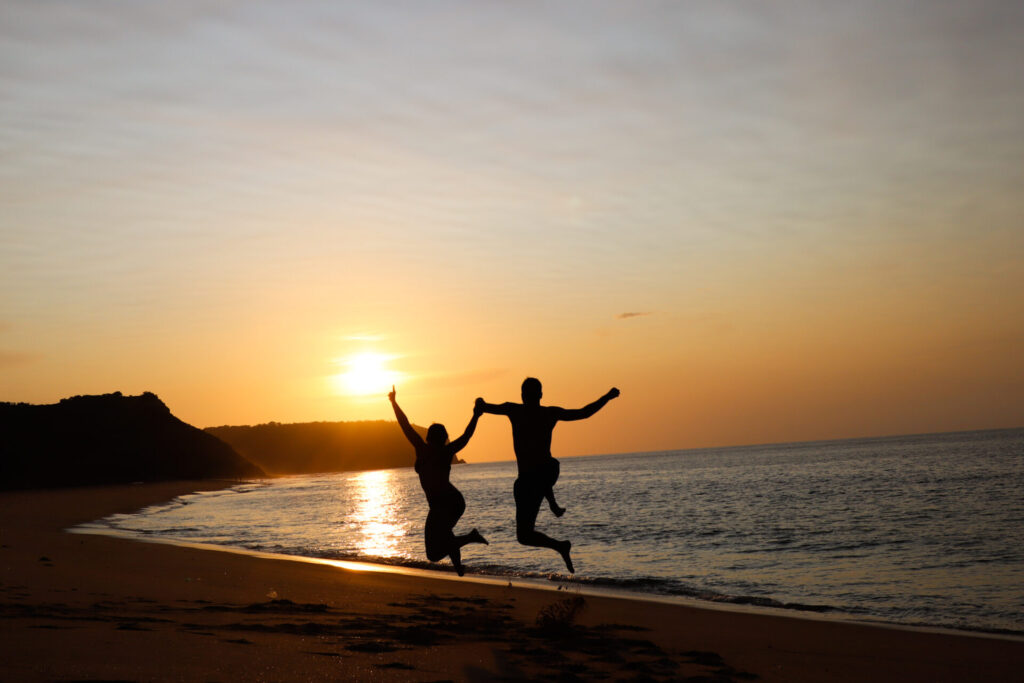
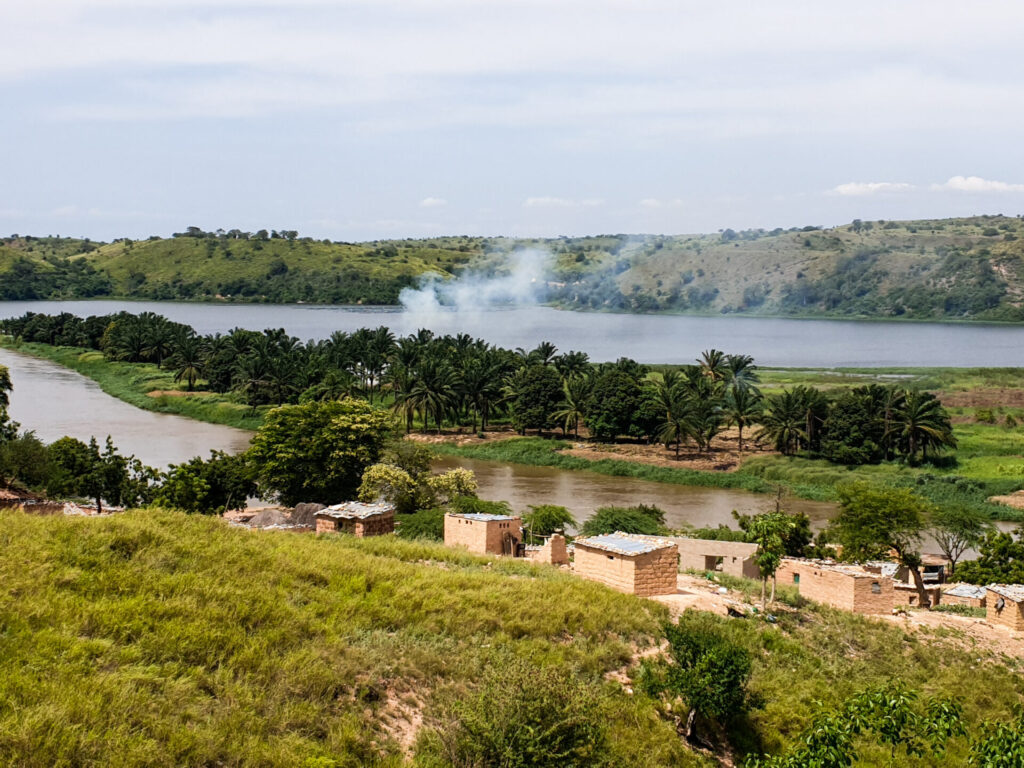

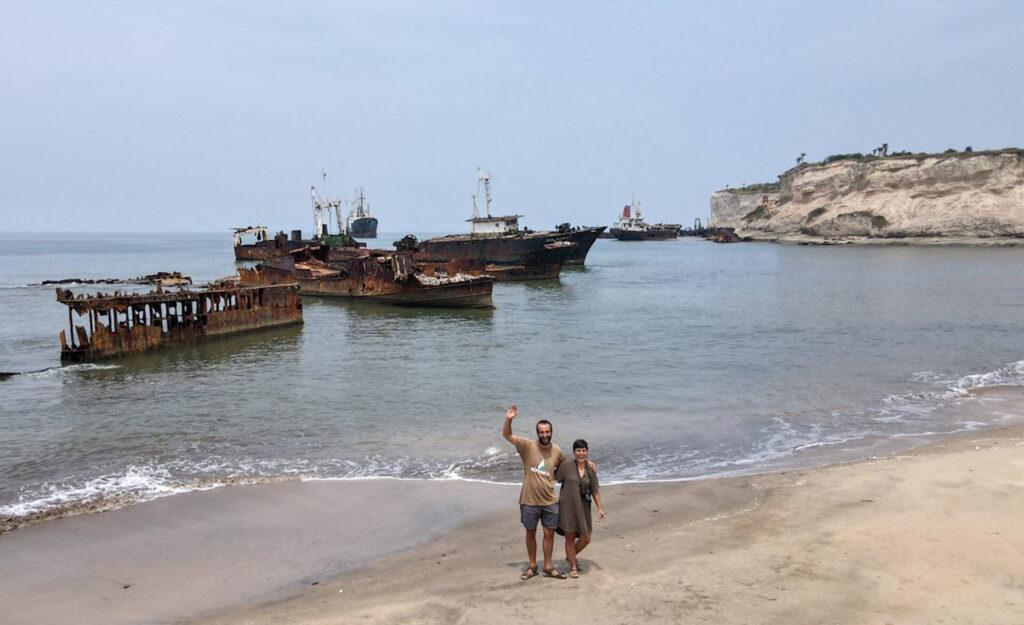
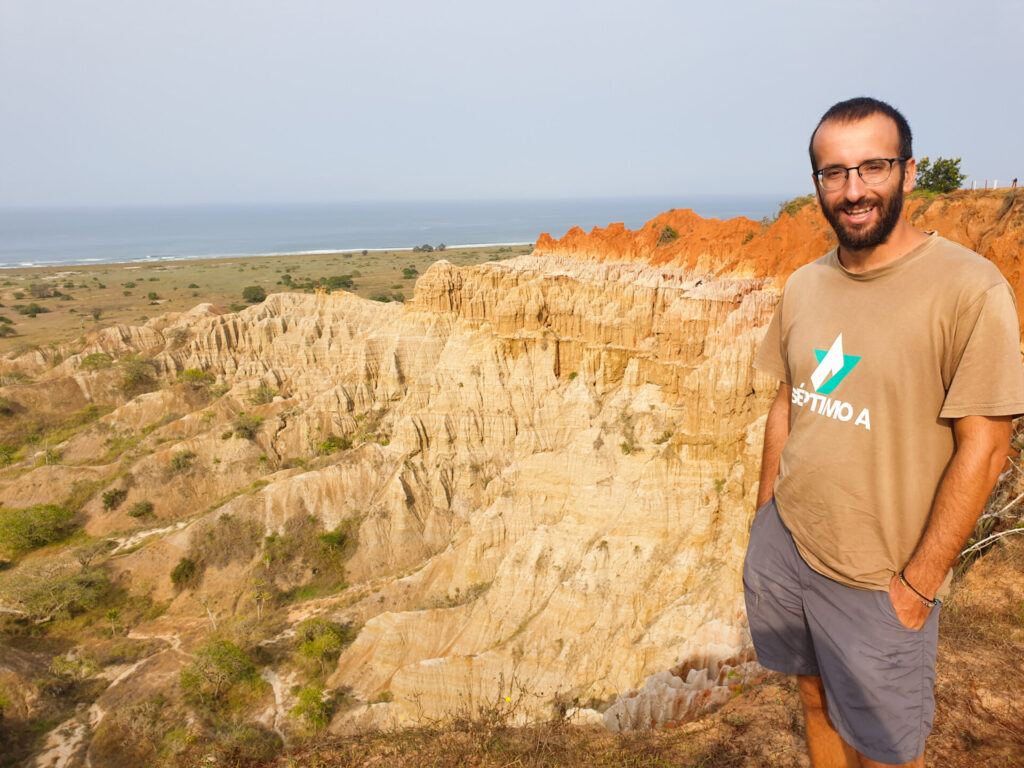
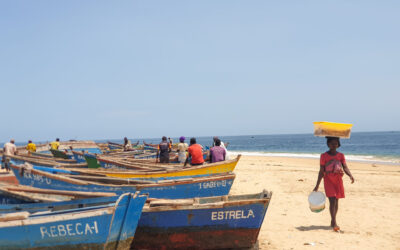

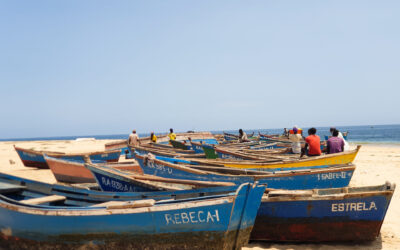

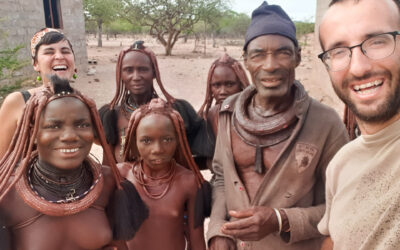
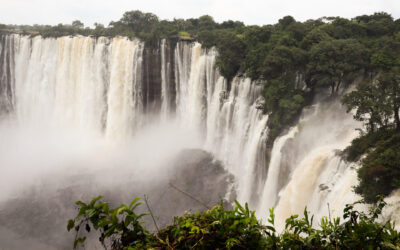

0 Comments